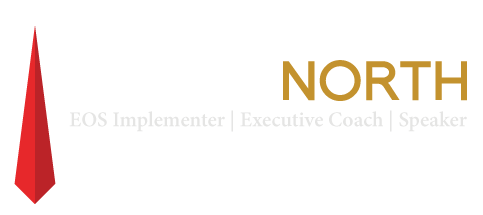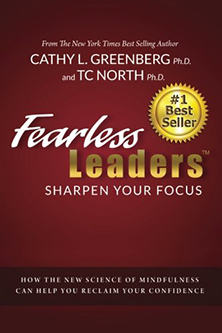In this video, speaker agent Kim Tracy and I discuss the third step in my six-step technique to master fear.
A reminder: Mastering fear doesn’t mean you don’t have fear.
It means you know what fears you have and you’re in control of them rather than them being in control of you. People often feel stressed, anxious, frustrated or overwhelmed when they don’t have control of their fears. Most fears fit into four general categories that we refer to as the “big four fears”: fear of failure, fear of success, fear of rejection and fear of selling.
We covered the first two steps in this six-step process in the first three videos and transcriptions, which you may view here:
- How to Master Fear Part I: the Big 4 Fears (the overview of fear)
- How to Master Fear Part II: Identify Your Fears (mastering fear step one)
- How to Master Fear Part III: Embrace Fear (mastering fear step two)
The first three steps of the six steps to master fear:
- Identify your fears.
- Embrace your fears; being afraid to face fear feeds your fear with fear.
- Disidentify with your fears; they aren’t you.
Disidentifying with your fears means that you aren’t your fears; they’re separate from you. All except a few innate fears that we have in our DNA — such as fear of spiders, snakes and heights — are fears that we’ve developed throughout our lifetime. If we created the fear, we can certainly learn to master it. In this video, we discuss how to understand that the fear isn’t you and to ensure you see it as separate from yourself.
Enjoy and learn by watching the video below or reading the transcription.
[vc_video link=”https://youtu.be/BwwXmgjbyqo”]
Kim: We are continuing the “Mastering Your Fears” series. This is a great series. We are on step number three but before we dive back into this, I’m going to have TC go back and remind us of what the big four fears are, as well as steps one and two.
TC: Let’s review the big four fears. 1) Fear of failure, 2) Fear of success, 3) Fear of rejection and 4) Fear of selling. Fear of selling includes not only products and services like we normally think of, but also selling ourselves. For example, selling ourselves at a job interview, selling ourselves to our spouses, selling our ideas to everyone around us including our kids. Selling is a big part of life and people are afraid to sell for lots of different reasons.
The six steps to master fear that we’ve covered are – 1) identify your fear and 2) embrace your fear. And now we’re on step three, which is to disidentify with fear. This is different than identify the fear. Now that we’ve identified our fears we want to say “those fears are not me”.
Fears come from our life experiences and how we interpret our life experiences, but they’re not permanent. Our thoughts, our beliefs, our feelings, they’re all transients, they’re all temporary. They’re not us. They’re not here for the rest of our lives unless we leave them there for the rest of our lives. So this mastering fear process doesn’t mean you’re without fear, it means you’re in control of your fear versus it being in control of you.
We want to know what all of our fears are so that we can be in control of them rather than them being in control of us. Make sense?
And now we step back and say “It’s not me. This fear is not me”. Really get the fear outside of yourself. This is really important to disidentify.
I’ve worked with a lot of people who are worriers. They say “I’m a worrier”. That sounds like a permanent state, doesn’t it? Well it’s not. Worry is a form of fear and it’s something you develop through your life. Some of it’s in our culture, some is in our parenting, in our households where we grew up, the learning that we have. If you have a parent that has high anxiety or is a worrier we tend to learn that. That’s scientifically documented. But we can un-learn it. It’s simply something we learned.
So there are a few fears that are in our DNA. They’re innate fears. Spiders, snakes and heights are examples of innate fears. But everything else we have created so we want to disidentify. They’re not us, they’re not part of us, they’re not in our DNA so we CAN learn to master them.
That is the third step.
Please contact me here if you’re interested in having me deliver a keynote, workshop or webinar on mastering fear, or if you would like more in-depth personal work to resolve your fears.


